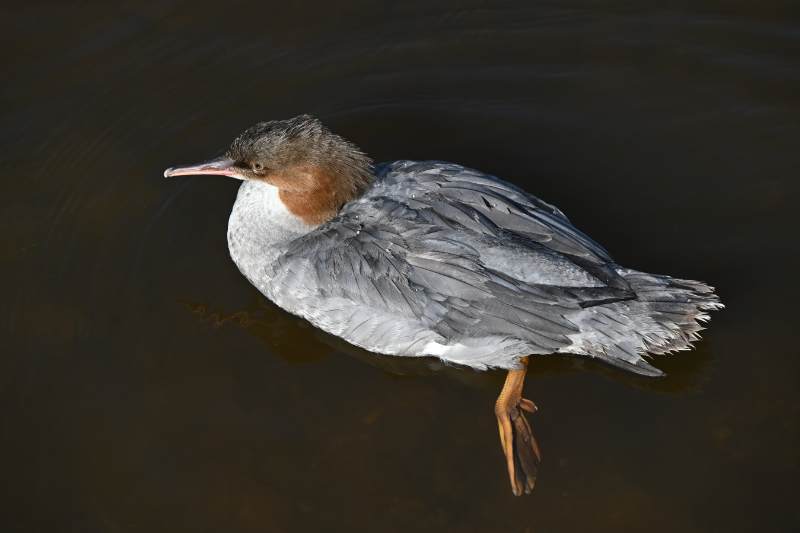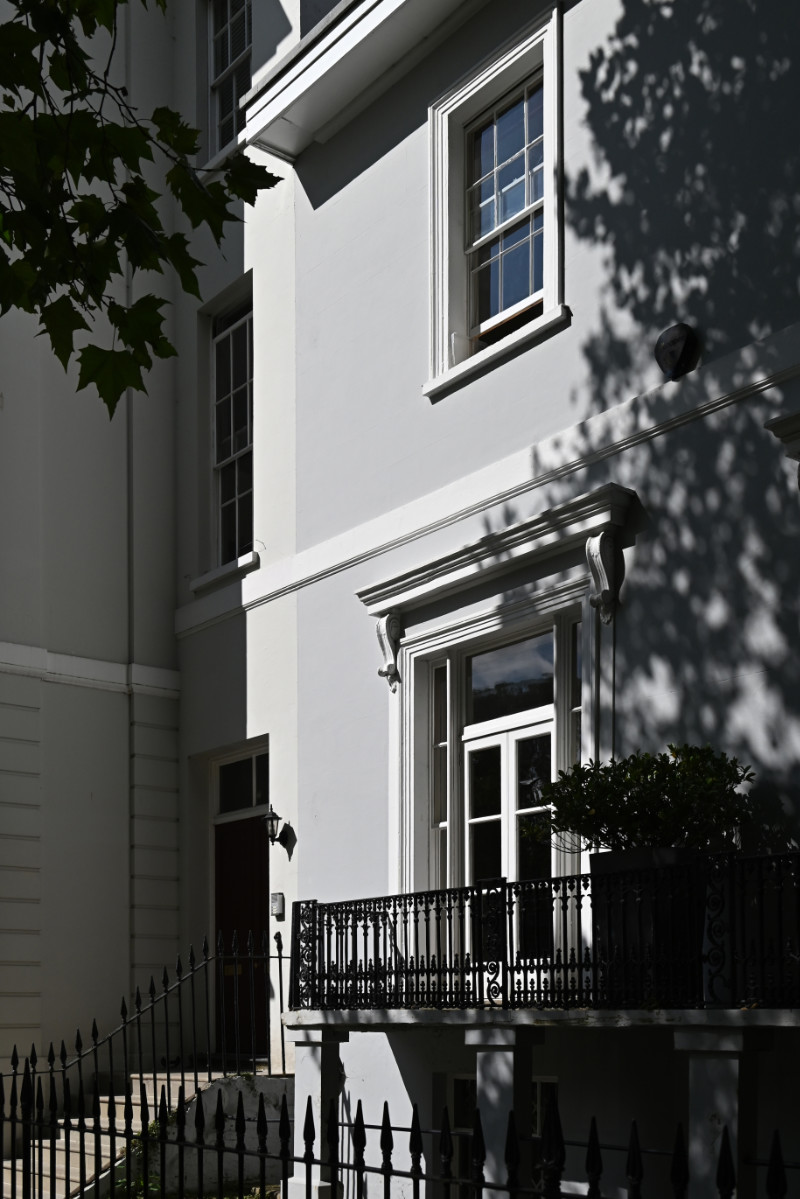This circular Gothic window is in the east wall of the north transept of Tewkesbury Abbey, Gloucestershire. I recently posted a photograph of its "partner", a window on the east wall of the
south transept, that is a spherical triangle. Today's window comprises a large circle within which are six smaller circles each containing a quatrefoil. In the centre is a smaller still circle containing a sexfoil. Unusually, I haven't been able to find out much about the designer or maker of the stained glass, nor do I know its date. It's not medieval and is probably from the late C19 or first half of the C20. The main, central subject is the Agnus Dei (Lamb of God). It is surrounded by angels, one in each quatrefoil swinging a censer. The text that runs around two circles is derived from Revelations 5:12
“Worthy is the Lamb, who was slain, to receive power and riches and wisdom and strength and honor and glory and blessing!”photo © T. Boughen Camera: Nikon Z 5














